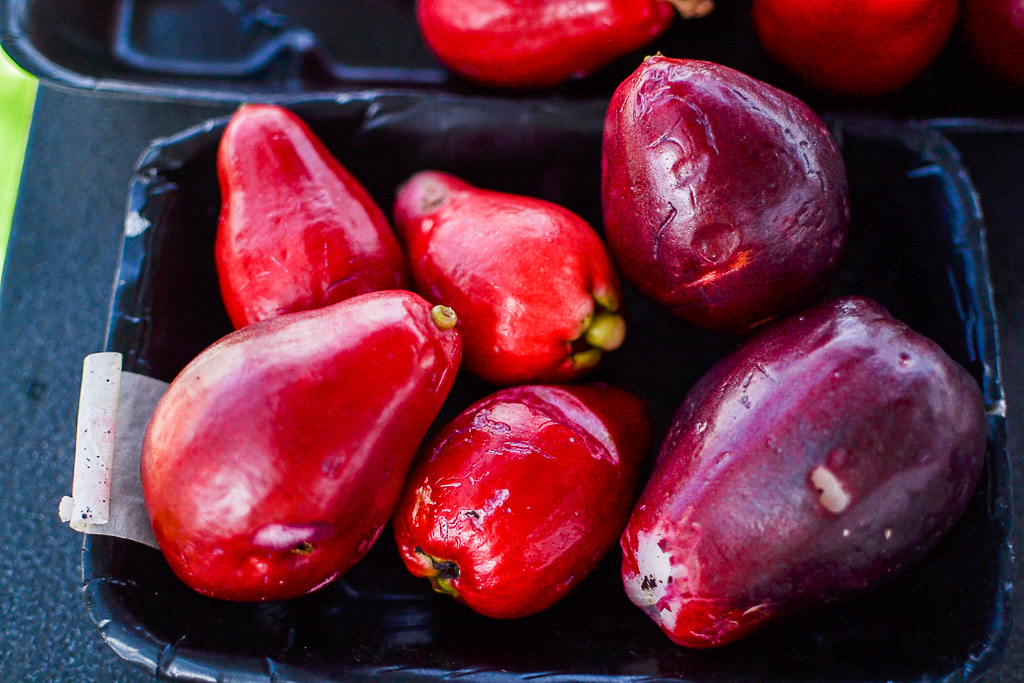


They are typically dioecious plants, however autogamous trees occur from time to time.įlowers have four petals and eight stamens and produce void, green drupes which are 2.5–4 cm (0.98–1.57 in) long and 2 cm (0.79 in) wide. Trees can reach heights of up to 25 m (82 ft) and come with alternate, compound leaves. The fruit ripens during the warm summer months. This fruit, known as quenepa in Puerto Rico, grows particularly abundantly in the municipality of Ponce, and there is a yearly celebration in that municipality known as Festival Nacional de la Quenepa (National Genip Fruit Festival). It is believed to have been introduced into the Caribbean in pre-Columbian times and is also found in India. Melicoccus bijugatus is native to northern South America and naturalised in coastal and dry forest in Central America, the Caribbean and parts of the Old World tropics. The specific epithet bijugatus refers to the bijugate leaves, leaves which consist of two pairs of leaflets.Ī man selling bundles of Quenepas in Ponce, Puerto Rico In his monograph on the Neotropical members of the tribe ( Talisia and Melicoccus) Pedro Acevedo-Rodríguez suggested that although Talisia and Melicoccus appeared to form a monophyletic group, the other (Old World) genera probably did not belong to the same lineage. In 1888 German taxonomist Ludwig Radlkofer placed Melicoccus in the tribe Melicocceae together with eight other genera. A proposal was made in 1994 to conserve Melicocca over Melicoccus, but the proposal was rejected, leading to a restoration of the original version of the name. Over the next two centuries, Linnaeus' spelling variation was used in almost all publications. In 1762 Linnaeus used a spelling variation of the name Melicocca bijuga. In 1760, Nikolaus Joseph von Jacquin described the first species in Browne's genus, which he named M. bijugatus trees which were cultivated in Puerto Rico. The genus Melicoccus was first described by Patrick Browne, an Irish physician and botanist, in 1756. Am., Esp.Phylogeny of Melicoccus based on morphological traits, showing the placement of M. Nuez de la India (Mex.), castaña de Cajún or cajú (Arg.), anacardo (Esp.), marañón (?)Ĭacahuate (Mex.), cacahuete (Esp.), maní (Lat. Nuez de Brasil (Col., Mex., Esp.), castaña (Perú), talón de negro (Mex.)Īvellana (seems like everybody liked this name!) Nuez (Col., Esp.), nuez de Castilla (Mex., Esp.), nuez de nogal (Perú) Pacana (Col.), pecana (Mex., Perú), nuez china (Mex.), nuez (de) pecán (Esp.) The name for each type of nut depends on the country and region. Esta respuesta es de todos - ¡siéntete libre de editarla para añadir el término usado en tu país o región!
#CASHEW IN SPANISH FREE#
This answer belongs to all of us - feel free to edit it to add the term used in your country or region!Įsto es una respuesta Community Wiki hecha para tener todas las variantes regionales en la misma publicación, según se debatió en este hilo de Meta. This is a Community Wiki answer meant to keep all regional variants in the same post, as discussed in this Meta thread.


 0 kommentar(er)
0 kommentar(er)
